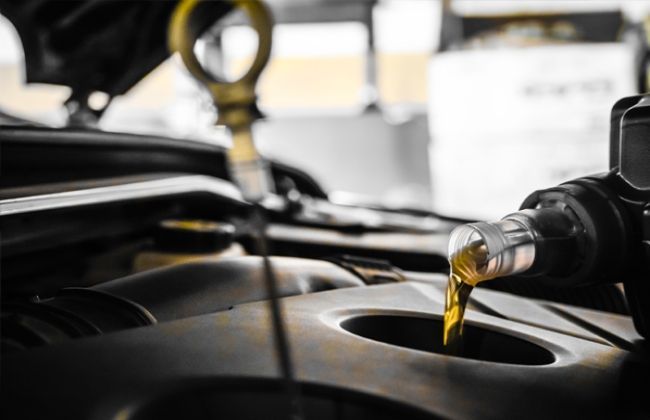Technical Aspects: Petroil/ Mist Lubrication
Modified On Feb 25, 2016 12:03 PM By Sahib
- Write a comment

The lubricant’s job is to decrease friction by preventing the direct contact of moving surfaces. A lubricant must have properties of adhesion and cohesion. A good lubricant adheres to the surface. Cohesion is the force of attraction between like particles placed closely together. It also should have high flash point and resistance against corrosion. Lubricant also plays a role in engine cooling procedure by dissipating the heat away from the internal components of the engine.
Technical Facts:
1. This method of lubricating system is generally used in two stroke engines. The engine oil is mixed with petrol (2-3%) and will be supplied to all areas where the petrol is going. It is the simplest of all the lubrication systems.
2. While filling the fuel tank, lubricating oil is mixed into the fuel (petrol) in a specified ratio as per manufacturers’ specifications which may vary from 16:1 to 50:1.
3. As the fuel enters the crank chamber, the oil particles are absorbed deep into the bearing surfaces due to gravity and lubricate them. In the same way, the piston rings, cylinder walls, piston pin etc. are lubricated. Small quantity of the oil gets carried away with air/fuel mixture and is burnt, while the most of it left behind to keep the moving parts always coated.
4. In case engine is not in use for a longer period of time, the lubricating oil separates from petrol & can lead to blocking of passages in the carburetor, which may result in trouble while engine starting. This is the main disadvantage of this system.
Disadvantages:
- In this system the oil consumption is high and the emission is poor.
- There is no separate oil pump for the purpose of lubrication under pressure in case of extreme conditions.










